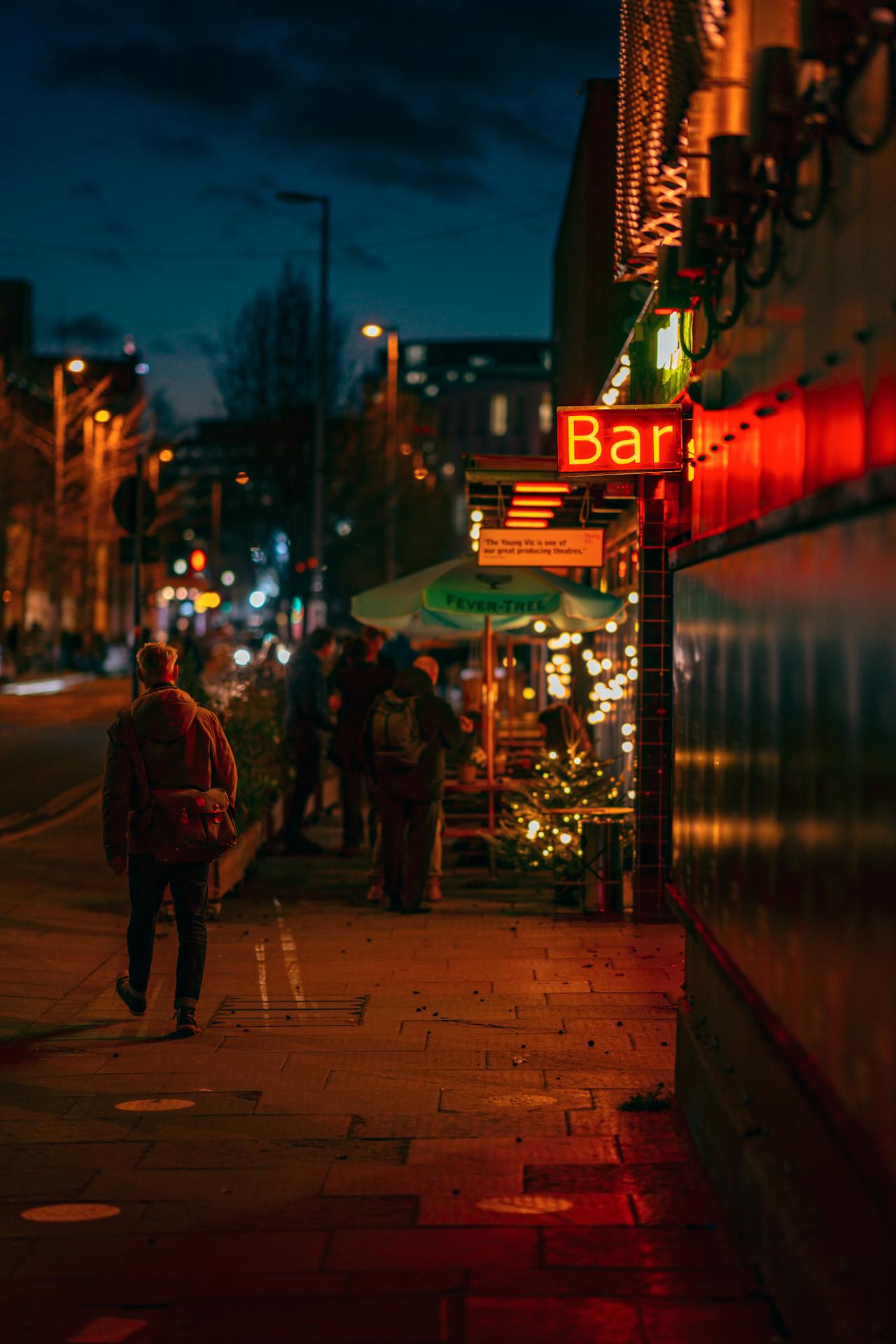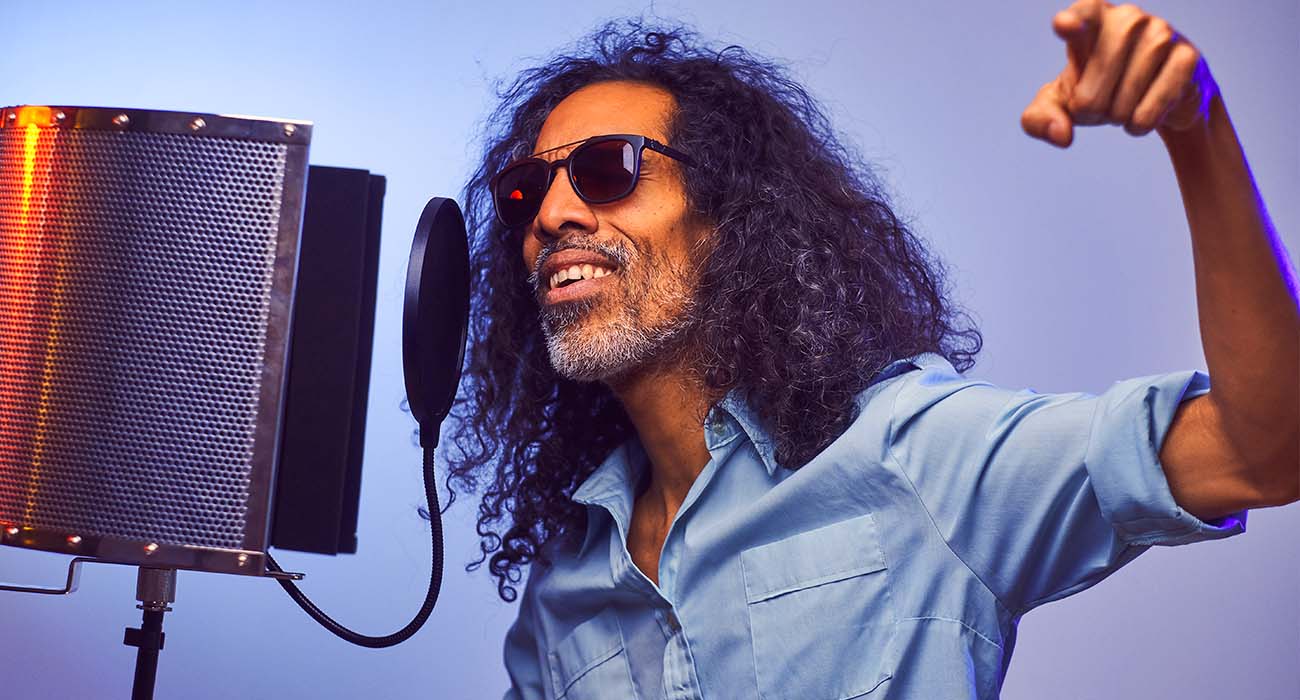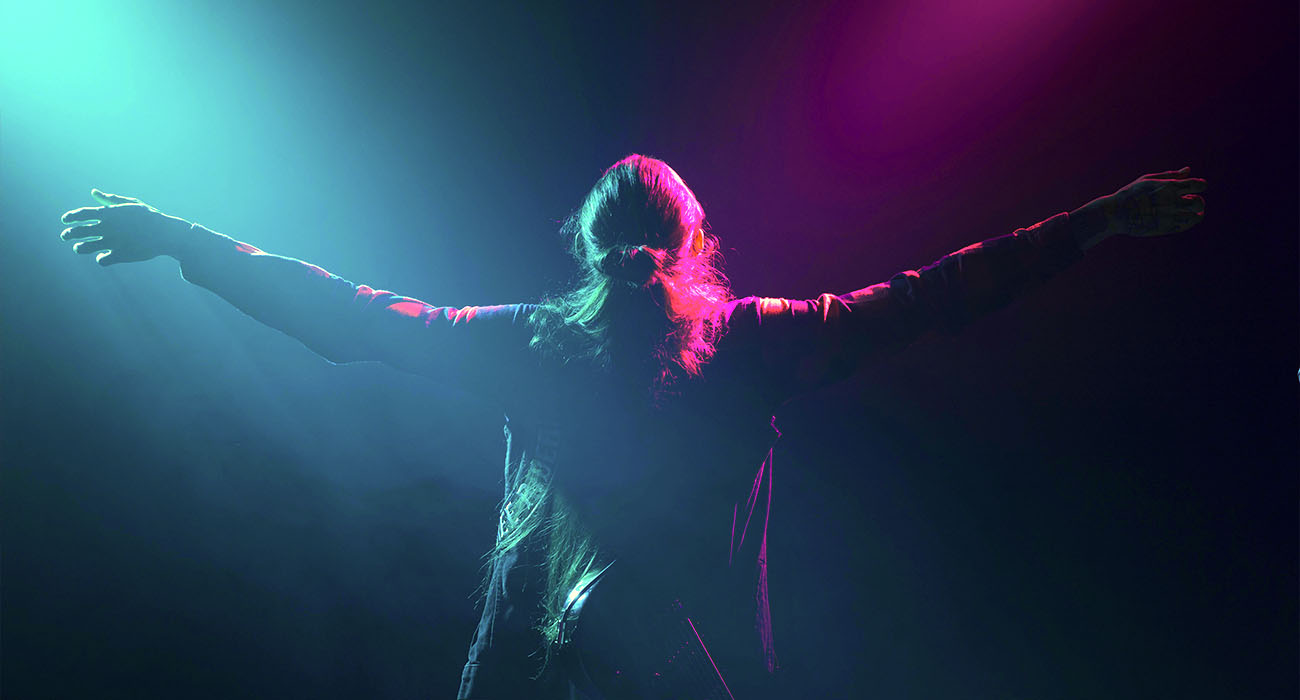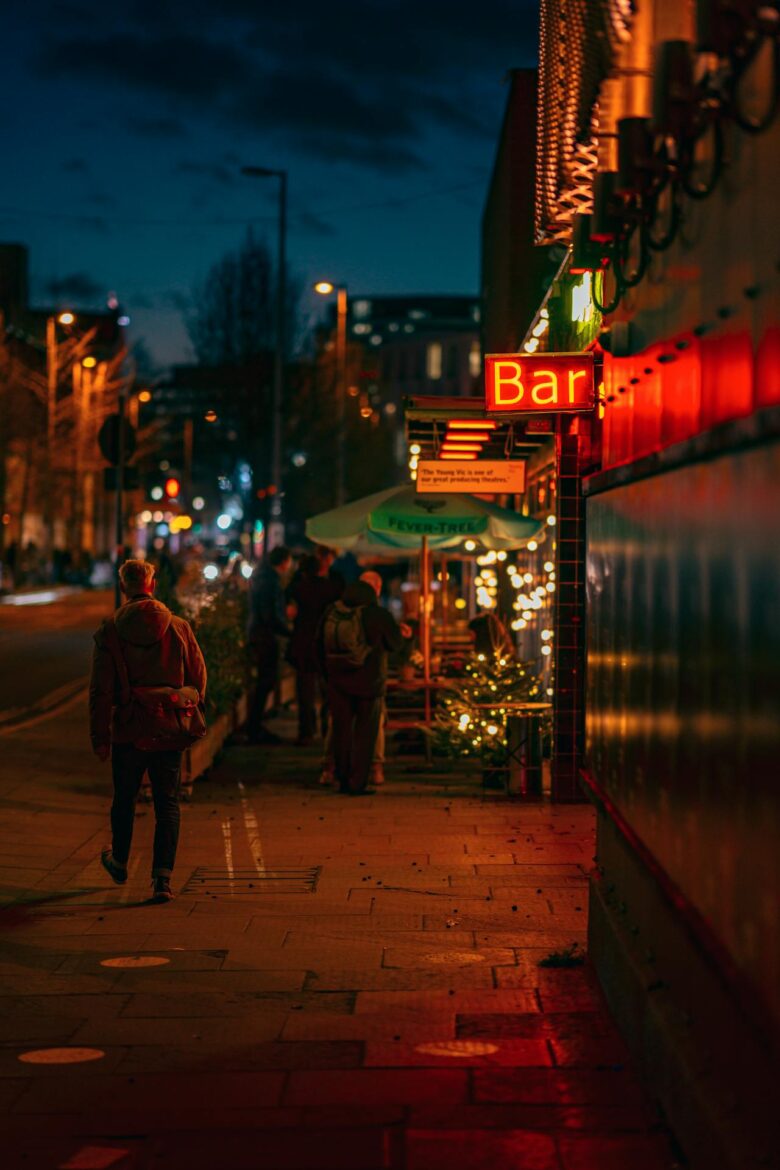Listeners:
Top listeners:
-
play_arrow
Vibrant Radio
-
 play_arrow
play_arrow
Top Techno Podcast Yana Bolder
-
 play_arrow
play_arrow
Summer Festival Podcast Robot Heart
-
 play_arrow
play_arrow
Berlin Sound Podcast Robot Heart
-
 play_arrow
play_arrow
Electronic Trends Podcast Aaron Mills
-
 play_arrow
play_arrow
New Year Eve Podcast Robot Heart
-
 play_arrow
play_arrow
ADE podcast Robot Heart
-
 play_arrow
play_arrow
Techno Podcast Robot Heart
-
 play_arrow
play_arrow
Flower Power Festival Podcast Robot Heart
-
 play_arrow
play_arrow
Tech House Podcast Robot Heart
-
 play_arrow
play_arrow
Winter Festival Podcast Robot Heart

Last Orders: Is London’s Nightlife Dying?
Written by Reuben Virk
Saturday in Soho was once alive with a certain buzz about it, and music spilling out into the streets. Nowadays, many bars are already shuttered, or permanently closed for business. Clubs that used to run until sunrise now close by 2 a.m., and their crowds are thinning out quite exponentially. London used to be a nightlife capital, and now seems quieter than ever. In 2025, people are asking the uncomfortable question: Is London’s nightlife dying?
Once synonymous with hedonism, innovation, and inclusivity, the city’s night scene now faces an existential crisis. Over the past five years, the landscape has been dramatically reshaped by economic pressures, local authority restrictions, and shifting generational preferences. The pandemic did not kill the city’s nightlife, but it admittedly left it fragile. Other external forces are now finishing the job. The Night Time Industries Association (NTIA) stated that clubs are facing closures every year.
They said: “We have lost 37% of Clubs since March 2020, 3 nightclubs per week, over 150 per year!
“If the current rate of club closures continues, December 31, 2029, will mark the end of an era—The Last Night Out, as we know it, before nightclubs vanish completely from our cultural landscape,” they added.
Many that survived the COVID lockdowns were eventually defeated by rising rents, energy costs, and staff shortages in the years that followed. Legendary institutions like Printworks and Egg have been forced to shut their doors permanently, or at least downsize. While Printworks plans to re-open in 2026, it will need a venue filled with a party-centric population to let it flourish.
Liberal Democrat MP in Wimbledon Paul Kohler debated the closures of nightclubs in January this year. He called club music venues cultural institutions, and starters that 10 clubs close every month.
He added: “How can we expect to produce the next generation’s David Bowie, Norman Cook or Amy Winehouse if we have nowhere for them to play? If Britain wants to retain its position in the vanguard of popular culture, the closures must end.”
It is licensing disputes, noise complaints, and gentrification continue to squeeze these spaces out of existence.
One of the most significant factors behind the decline is economic. Inflation remains high, and rent and bills taking the majority of disposable income. Nightlife costs skyrocketing has meant that Londoners simply cannot afford to go out as they used to. Entry fees, drinks, transport—it adds up to a hefty sum. A typical night out in 2025 can easily cost over £100, pricing many people, especially younger crowds, out of the scene entirely.
Venues, struggling with their own costs, pass those increases on to customers or close altogether. Fewer venues mean fewer options, more overcrowding, and rising prices. This vicious cycle is hollowing out the city’s once-thriving grassroots scenes. Licensing laws are also more stringent than ever. Councils are under pressure from residents in rapidly gentrifying neighbourhoods, and so opt to impose noise curfews or refuse late licenses entirely.
Cultural habits are also changing. The rise of streaming culture, TikTok-fuelled bedroom raves, and the widespread availability of home-based audio gear mean that many people now prefer to party at home.
The pandemic normalised isolation and being remote for everything—from work to DJ sets. This meant many Gen Z and Millennial Londoners developed different social habits. “Going out” doesn’t always mean clubs anymore. It could be a warehouse listening session, a friend’s flat with a curated playlist, or even a silent disco in a park. The growing wellness movement, early mornings, sobriety, fitness over fatigue contributes to making traditional clubbing feel a little out of step.
London’s nightlife has historically been a refuge for marginalized communities—LGBTQ+ people, migrants, underground artists. But many of the most culturally vital nights and venues are the most vulnerable to closure. DIY queer nights, South Asian raves, and Afro-Caribbean sound system events are often being underfunded and over-policed.
With fewer physical spaces and stricter regulations, these communities struggle to direct their cultural output. And when they disappear, the entire fabric of London nightlife will likely unravel to become more corporate, and less welcoming.
However, hope is not completely lost. Larger festivals and brand-sponsored mega-events continue to draw crowds. Spaces like Drumsheds, backed by corporate partners, thrive with big-name line-ups and safe logistics. But critics argue that these are less about culture and more about commerce. These big events serve a purpose, but they cannot replace the hundreds of smaller venues where DJs learn their craft, where subcultures are born, where experimentation happens.
There are glimmers of hope. New campaigns are pushing for rent protections for cultural spaces. Local communities are organising crowdfunding efforts to save their venues. Promoters are exploring alternative events including daytime raves alcohol-free clubbing.
But without systemic changes like supportive policy, public investment, and cultural recognition, London’s night might keep dimming. Nightlife is more than entertainment, it is where music evolves, where strangers connect, where communities find belonging. If London loses its night, it loses a vital part of itself.
Written by: Gary
Similar posts
Recent Comments
Chart
Top popular

Breaking: Top Pop Star’s Surprise Album Release Sends Fans into Frenzy

Chart-Toppers Unite: Pop Music’s Biggest Collaborations of the Year

Behind the Scenes: Pop Music’s Hottest Producers and Songwriters

The Rise of K-Pop: How Korean Music Continues to Dominate the Global Scene

Exclusive Interview: Pop Sensation Opens Up About Their New Album and Personal Journey
BUILD YOUR RADIO WEBSITE WITH Pro Radio





Post comments (0)